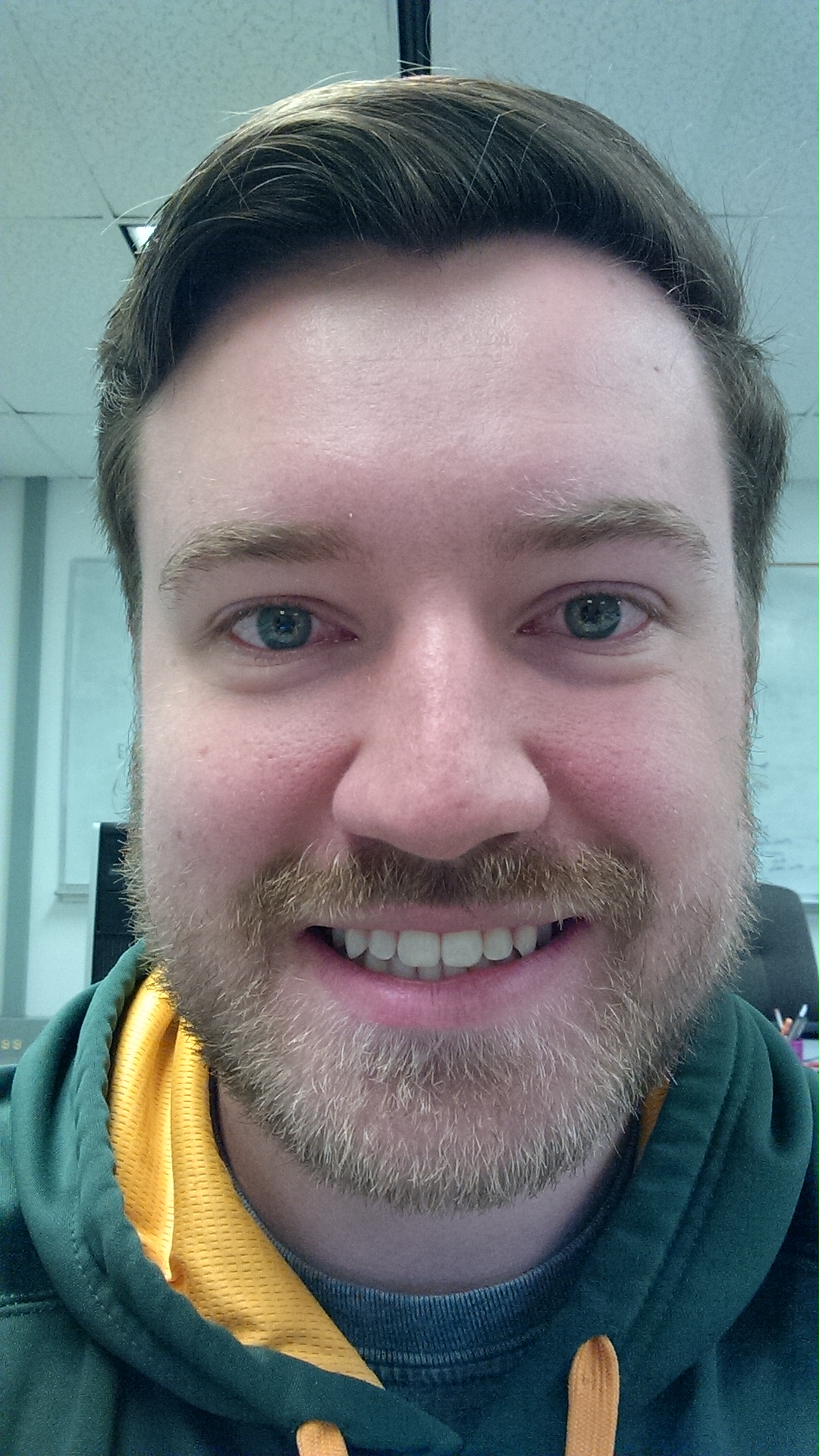BIO
I am currently a graduate research assistant in the Web and Complex Systems Lab and Kno.e.sis Research Center in the computer science department at Wright State University, working towards a Master's of Science in Computer Science under the advisement of Dr. Derek Doran.
I am fascinated with the notation of mapping mathematical and statistical ideas to real data with impact. Currently I am interested in combining ideas from machine learning, network science, and time series to tackle problems in complex systems. I will be pursuing a PhD with a focus in network science and machine learning starting Fall 2018.
I am actively looking for summer internship in data science or data analyst related positions for 2018! Feel encouraged to contact me at robinson.329@wright.edu with opportunities.
I am actively looking for summer internship in data science or data analyst related positions for 2018! Feel encouraged to contact me at robinson.329@wright.edu with opportunities.




